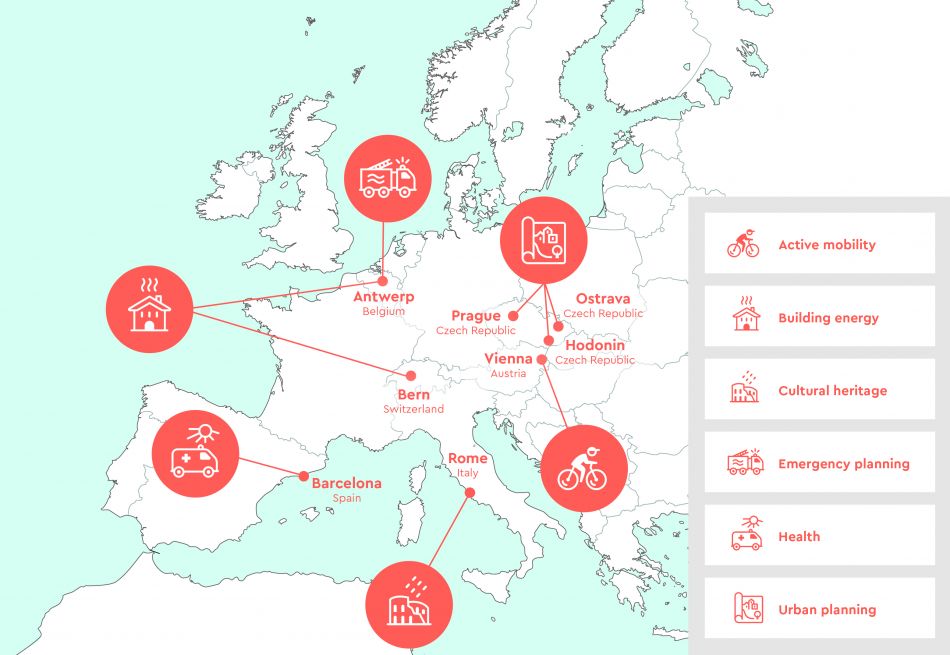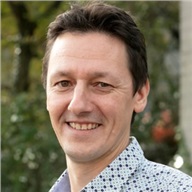More and more cities are fighting the consequences of climate change. VITO has developed a unique calculation model that offers climate information at city level and thus identifies future bottlenecks of heat stress.
Climate-Fit.City is part of the Horizon 2020 research programme. The project offers services supporting environmental experts and policymakers in their approach to climate change. “VITO models urban climates in high resolution, so that vulnerable areas become visible,” says business developer Filip Lefebre. “Using an urban climate model that uses satellite images, we draw up a basic plan: where are buildings, squares, businesses, trees, streams located? We combine this information with largescale climatological data: how hot is it, how damp is it, how much wind is present? From this combination, we obtain small-scale climate information at high resolution. This allows us to detect the hotspots in a city. If necessary, we can even work at a resolution of 1 metre: we then use a 3D model of the buildings in a city. This approach is unique in the world.”
Climate-oriented planning
VITO also wants to offer its expertise to cities abroad. Getting a foot in the door, however, is not easy. Which is why project staff call on international partners who offer complementary services. Filip Lefebre: “We currently focus our services on six sectors: health, urban planning, emergency planning, building energy, active mobility and cultural heritage. Our partner for ‘health’ links our climate information to figures on hospital admissions, for example: do cities need to invest in extra hospital capacity to deal with the effects of heat waves? Within ‘active mobility’, we find out which climate influences motivate people to walk and cycle more often. These are, for example, walking and cycling routes where it is not too hot and which are sheltered from the wind. Cities want to become more climate- robust. For this, they need data now about the climate of tomorrow.”
Putting the model on the market
Climate-Fit.City runs from June 2017 to November 2019. In a first phase, the researchers set up six demonstration projects. “Now we are looking for new cities and partners that show interest,” says Filip Lefebre. “By the end of this project, we want to make our services commercially viable.”
Help Measure Mechelen and Climate-Fit. City are part of Ground Truth 2.0 (Grant Agreement No. 689744) and PUCS (Grant Agreement No. 73004), projects financed by the European research and innovation programme Horizon 2020.



